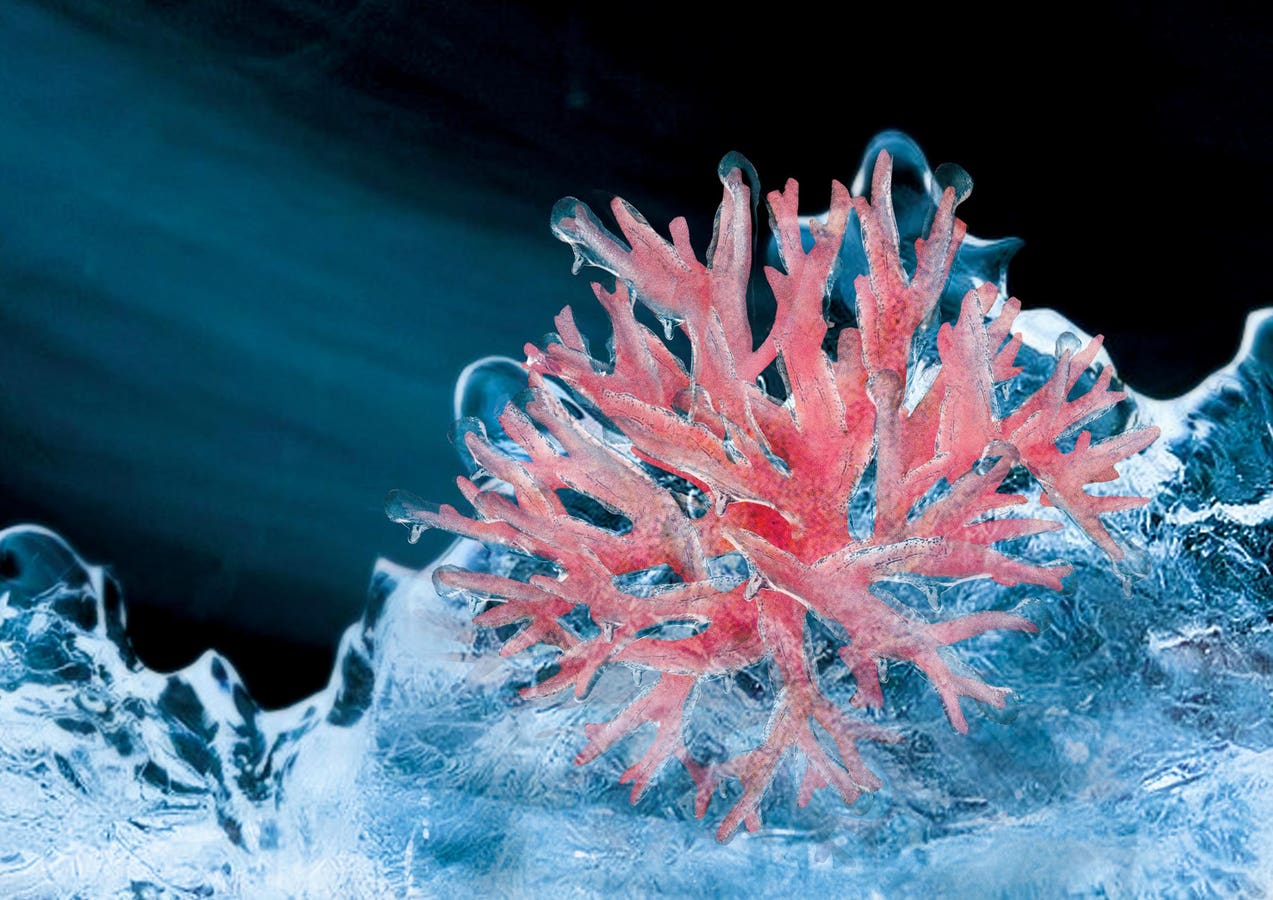Scientists across Asia are hoping to help save the coral reefs of the Coral Triangle, by finding better ways to freeze and preserve corals and their symbiotic algae.
More than 85% of reefs are at risk within the Coral Triangle, a 6 million square kilometer biodiversity hotspot, across Indonesia, Malaysia, the Philippines, Timor-Leste, Papua New Guinea, and the Solomon Islands.
Preeyanuch Thongpoo, a molecular biologist and a lecturer at the Phuket Rajabhat University (PKRU) in Thailand explains that one way to help is to develop cryopreservation, a practice aimed at safeguarding corals and their symbiotic algae from extinction by freezing biological materials at extremely low temperatures.
“This will be achieved by using our customized novel freezing device and cryojig, together with vitrification and laser-warming techniques,” she says, adding that the aim is to establish a genebank of coral larvae of species from the Coral Triangle.
“Climate change and global warming have posed a significant threat to coral reefs worldwide, leading to the occurrence of coral bleaching and destroying coral reef areas in many parts of the world,” she says, “Successful completion of this project will surely assist coral restoration and conservation.”
Thongpoo explains that she’ll perform molecular and cryopreservation research to examine the health of wild, cultured, and re-warmed corals, with funding support from CORDAP, (Coral Research & Development Accelerator Platform) and guidance from lead investigator Chiahsin Lin and researchers from the Philippines, Thailand, Indonesia, Malaysia and Taiwan.
Lin has 20 years of experience in studying basic biology as well as the cryobiology and cryopreservation of coral species and he explains that the team is currently working on developing cryopreservation techniques for coral larvae that exclusively utilize vitrification, a process where an extremely rapid cooling rate reduces the damage resulting from hypothermic impact and subsequent ice formation.
“This study represents a major leap forward in coral cryopreservation,” he says, “It represents the first time two closely related organisms have been simultaneously cryopreserved as a composite unit.”
Lin explains that the team is also looking at ways to understand the damage done to organisms by this freezing method (cryroinjury) and how to reduce it.
Growing up in Thailand
Thongpoo grew up in a small village in Chonburi, Thailand, where she was surrounded by nature and became interested in biology.
“I was interested in mechanisms that govern how living organisms respond to their surroundings, and also how biological processes turn biomaterials into valuable products,” she says.
This passion led her to pursue a bachelor’s degree in biotechnology, a PhD in genetic engineering and she now works as a lecturer and molecular biologist at Phuket Rajabhat University (PKRU).
Thongpoo explains that since 2013, she has had the opportunity to visit Lin’s lab at the National Museum of Marine Biology and Aquarium (NMMBA) in Pingtung, Taiwan and she’s developed her skills in coral cryopreservation and cryobanking
“As a scientist from the Global South, receiving supported from CORDAP would ultimately contribute to coral conservation through the restoration and cryopreservation of tourism areas and enhance public awareness regarding the environmental impact on these vital ecosystems,” she says, “Given that PKRU prioritizes local development and Phuket is Thailand’s most popular tourist destination, research funding for fundamental science is significantly less than that for tourism.”
Coral Genebank in the Bahamas
Meanwhile in the Caribbean, Gimel Morley, lead coral aquarist at the Perry Institute for Marine Science in the Bahamas is helping to set up a coral gene bank (collection of genetic material) in order to preserve vital coral biodiversity.
“We will be recreating their life-cycle and preserving them through live corals,” she says, “This will happen with the use of artificial grow lights and water quality controls and in the future, I hope to move to the stage where we can cryopreserve coral sperm and coral larvae.”
Morley explains that there although there are multiple coral gene banks in the USA and Australia, the gene bank in the Bahamas will focus on preserving coral species unique to Bahamian waters, some of which are under threat from Stony Coral Tissue Loss Disease which arrived in the Caribbean in 2019.
“To tackle this challenge, the gene bank is being established to preserve samples of the most vulnerable SCTLD coral species; this gene bank will enhance regional genetic diversity and provide a backup for in-situ conservation, increasing the chances of successful reef restoration in local contexts,” she says.
Read the full article here





